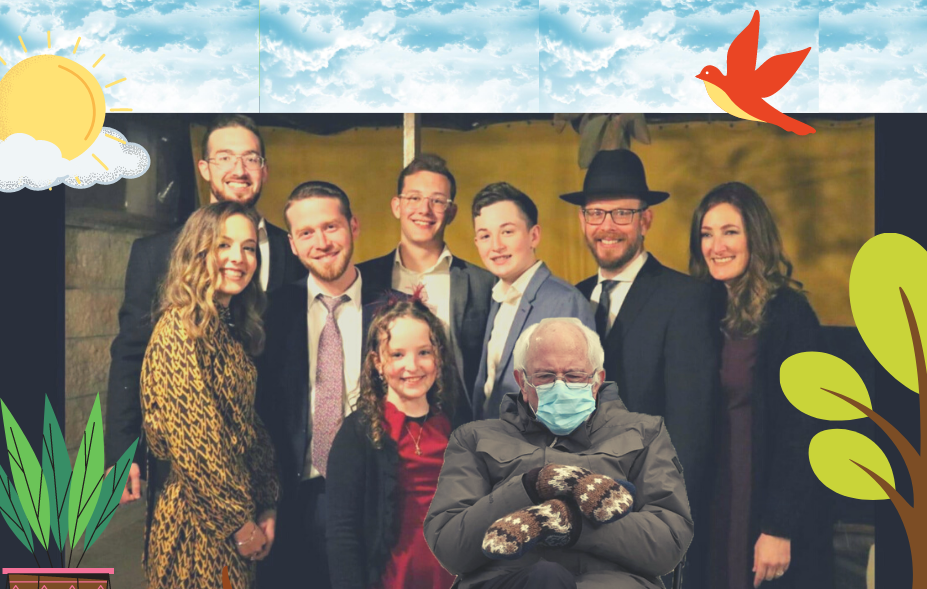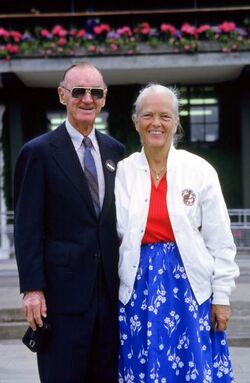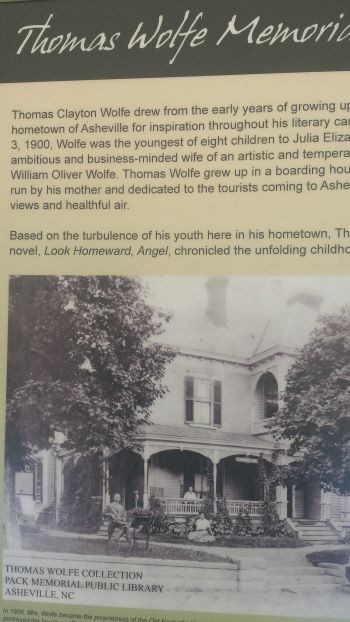|
No Football. No dopey lawyers about to get stiffed by their seditious client. No Covid talk. Four visuals over the electronic transom. A good day.  From Jerusalem, an engagement celebration. Mazel Tov. And look who braved the travel to be with my friends. From Jerusalem, an engagement celebration. Mazel Tov. And look who braved the travel to be with my friends.  With Melbourne in the news, the great tennis photographer Art Seitz downloaded some classics from his vast portfolio. This one touched me -- Harry Hopman, the champion Australian tennis coach and his American wife Lucy. Art had no way of knowing this, but the Hopmans were neighbors back in the 1970s, when he was coaching at the Port Washington Tennis Academy, after his long Davis Cup glory. I was doing a story on him and he suggested a restaurant in town called The Bunkers Inn. My wife and I drove up and down Shore Rd. trying to find it, but then she said: "There it is. La Bonne Cuisine." I quickly learned to hear Australian and we loved his stories about Rocket and Muscles and Emmo and all the lads. He was working with Hy Zausner, the proprietor of the academy, where children took lessons and sometimes you played on the next court to famous players. He was enjoying Long Island, he told us: Why, he had recently attended his first Bar Mitzvah. After Harry passed in 1985 I used to see Mrs. Hopman at the US Open -- great smile, good memories of their Port Washington days. She passed in 2018, age the age of 98. Art Seitz: thanks for the memories. man. * * *  From my friend Ed-the-Soccer-Player came this clip about the Thomas Wolfe Memorial in Asheville, N.C. I am sure Ed noticed in my thoroughly enjoyable time on the NYT Readalong last Sunday, when somebody asked about the de rigueur bookshelves behind me. I gave a quickie tour, including a number of vintage books by the favorite author of my (extended) adolescence, Thomas Wolfe. I have issues with some of his dated portrayals of Blacks....but I owe Wolfe for making me read, and care about the mountain town of Asheville, N.C. (I recently discovered the overlooked segment about his father, as a boy in Pennsylvania, sassing Rebel troops heading south, toward Gettysburg-- a masterpiece, originally excised by Wolfe's editor.) My man Ed asked if I had ever seen the boarding house Wolfe's mother ran in Asheville -- the emotional heart of "Look Homeward, Angel" -- and now an attraction for Wolfe buffs. The answer is, yes -- not during my Appalachia rambles but on a drive northward toward Louisville for the Derby. I found a motel across the street from the Wolfe home and requested a room overlooking the home -- and that rainy evening I stared down at the home, thinking of all the emotional moments Wolfe described. The next day I took my tour of the home -- and also visited Wolfe's grave nearby. (He died on Sept. 15, 1938 --18 days short of reaching 38, of tuberculosis he most likely caught in the mountain boarding house of his mother. I am well aware that I was born nine-plus months later.) So, Ed, yes, I've been to the Wolfe home. * * * In my e-mail, the always-welcome dispatch by Letty Cottin Pogrebin, my classmate at Jamaica High.
Feel free to make your own interpretation. .
Ed Martin
2/10/2021 01:20:17 pm
Its amazing how the quality of this publication has increased lately!
George
2/10/2021 09:11:33 pm
1 - Ed, you mean there was room for improvement? Thanks, GV
Andy Tansey
2/10/2021 02:41:54 pm
I have been so head-in-the-sand, I decided to check my theories and stumbled on this, which made me laugh a few times. 2/10/2021 04:50:43 pm
George, you're always a pleasure to read. Loved "The Bunkers Inn." And thanks for reprinting from my Newsletter, the park bench caucus of the two socialists, Bernie and Jesus.
ahron horowitz
2/10/2021 05:09:32 pm
dear friend-you blew me away as i saw this picture.mazel tov 2/10/2021 06:03:55 pm
Ashville, NC was a fantastic place to visit. Sandi and I spent four days there more than ten years ago. We combined it with a southern trip that included Alexandria, VA, Savannah, GA and Charlottesville, SC. Comments are closed.
|
Categories
All
|










